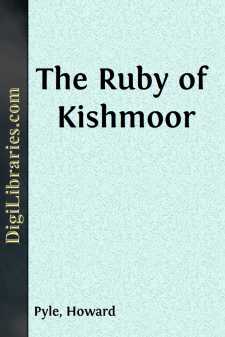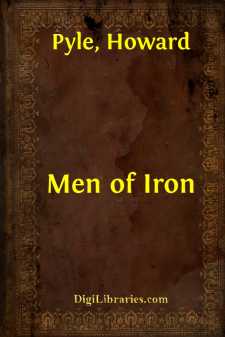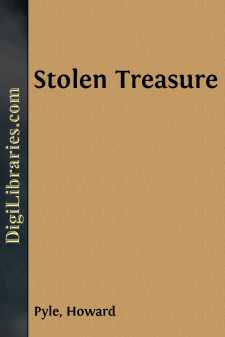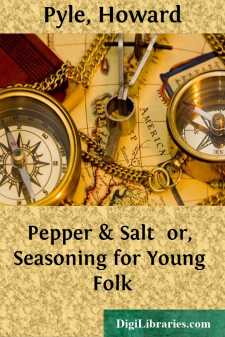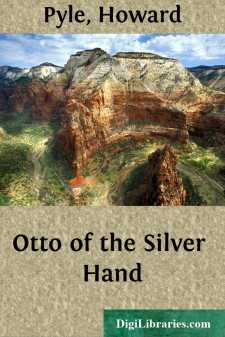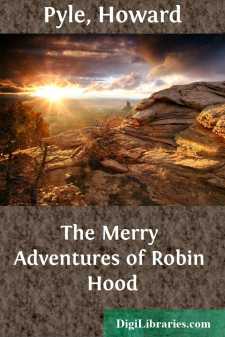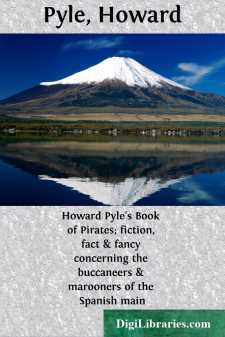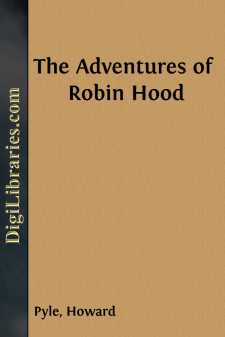Categories
- Antiques & Collectibles 13
- Architecture 36
- Art 48
- Bibles 22
- Biography & Autobiography 813
- Body, Mind & Spirit 142
- Business & Economics 28
- Children's Books 17
- Children's Fiction 14
- Computers 4
- Cooking 94
- Crafts & Hobbies 4
- Drama 346
- Education 46
- Family & Relationships 57
- Fiction 11829
- Games 19
- Gardening 17
- Health & Fitness 34
- History 1377
- House & Home 1
- Humor 147
- Juvenile Fiction 1873
- Juvenile Nonfiction 202
- Language Arts & Disciplines 88
- Law 16
- Literary Collections 686
- Literary Criticism 179
- Mathematics 13
- Medical 41
- Music 40
- Nature 179
- Non-Classifiable 1768
- Performing Arts 7
- Periodicals 1453
- Philosophy 64
- Photography 2
- Poetry 896
- Political Science 203
- Psychology 42
- Reference 154
- Religion 513
- Science 126
- Self-Help 84
- Social Science 81
- Sports & Recreation 34
- Study Aids 3
- Technology & Engineering 59
- Transportation 23
- Travel 463
- True Crime 29
The Ruby of Kishmoor
by: Howard Pyle
Description:
Excerpt
A very famous pirate of his day was Captain Robertson Keitt.
Before embarking upon his later career of infamy, he was, in the beginning, very well known as a reputable merchant in the island of Jamaica. Thence entering, first of all, upon the business of the African trade, he presently, by regular degrees, became a pirate, and finally ended his career as one of the most renowned freebooters of history.
The remarkable adventure through which he at once reached the pinnacle of success, and became in his profession the most famous figure of his day, was the capture of the Rajah of Kishmoor's great ship, The Sun of the East. In this vessel was the Rajah's favorite Queen, who, together with her attendants, were set upon a pilgrimage to Mecca. The court of this great Oriental potentate was, as may be readily supposed, fairly a-glitter with gold and jewels, so that, what with such personal adornments that the Queen and her attendants had fetched with them, besides an ample treasury for the expenses of the expedition, an incredible prize of gold and jewels rewarded the freebooters for their successful adventure.
Among the precious stones taken in this great purchase was the splendid ruby of Kishmoor. This, as may be known to the reader, was one of the world's greatest gems, and was unique alike both for its prodigious size and the splendor of its color. This precious jewel the Rajah of Kishmoor had, upon a certain occasion, bestowed upon his Queen, and at the time of her capture she wore it as the centre-piece of a sort of a coronet which encircled her forehead and brow.
The seizure by the pirate of so considerable a person as that of the Queen of Kishmoor, and of the enormous treasure that he found aboard her ship, would alone have been sufficient to have established his fame. But the capture of so extraordinary a prize as that of the ruby—which was, in itself, worth the value of an entire Oriental kingdom—exalted him at once to the very highest pinnacle of renown.
Having achieved the capture of this incredible prize, our captain scuttled the great ship and left her to sink with all on board. Three Lascars of the crew alone escaped to bear the news of this tremendous disaster to an astounded world.
As may readily be supposed, it was now no longer possible for Captain Keitt to hope to live in such comparative obscurity as he had before enjoyed. His was now too remarkable a figure in the eyes of the world. Several expeditions from various parts were immediately fitted out against him, and it presently became no longer compatible with his safety to remain thus clearly outlined before the eyes of the world. Accordingly, he immediately set about seeking such security as he might now hope to find, which he did the more readily since he had now, and at one cast, so entirely fulfilled his most sanguine expectations of good-fortune and of fame.
Thereafter, accordingly, the adventures of our captain became of a more apocryphal sort. It was known that he reached the West Indies in safety, for he was once seen at Port Royal and twice at Spanish Town, in the island of Jamaica....


